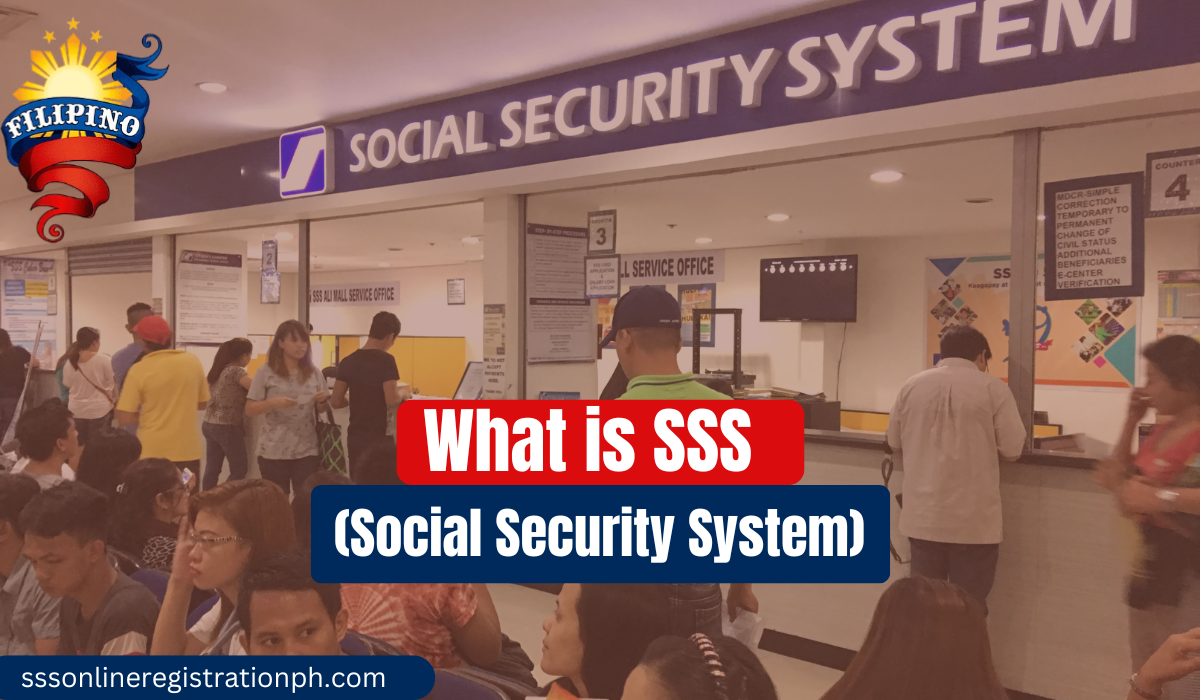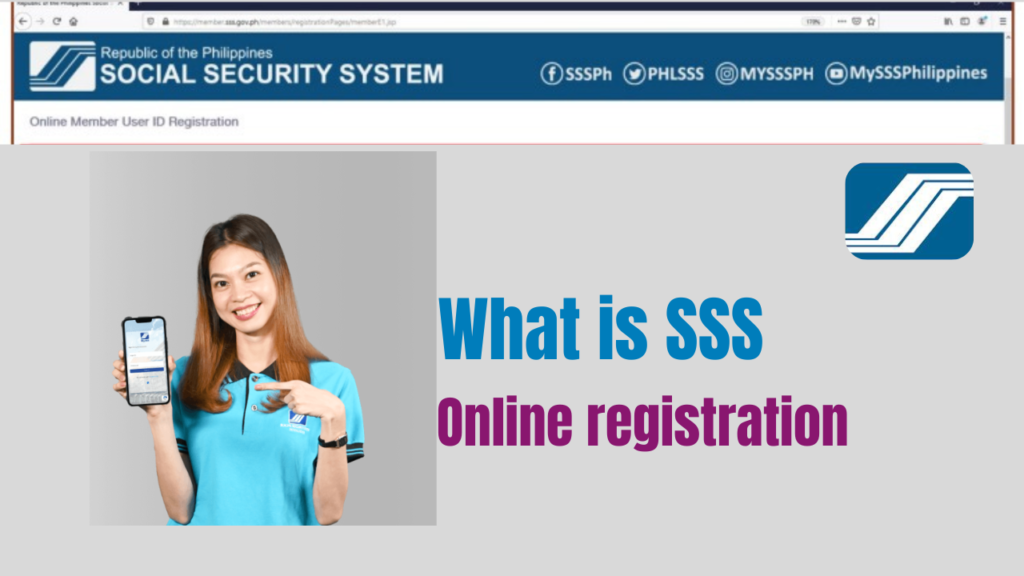What is SSS : Complete Guidance of SSS

What is SSS: The Social Security System (SSS), or Paseguruhan ng mga Naglilingkod sa Pribado in Filipino, is a state-run social insurance program designed to provide financial assistance to workers in the private sector, professionals, and even those working in the informal sector.
What is SSS
Established through Republic Act No. 1161, otherwise known as the Social Security Act of 1954, the SSS aims to protect Filipino workers against financial challenges arising from life events such as illness, maternity, disability, retirement, and death.

In this comprehensive guide, we will explore the essential features of the SSS, its benefits, contribution system, and how to make the most of this vital social protection.
What is the Social Security System (SSS) in the Philippines?
The Social Security System (SSS) (Offcial Website) is a government-mandated institution that serves as a lifeline for Filipino workers who encounter financial difficulties due to various circumstances such as health issues, old age, or the untimely passing of a loved one.
It provides employees with a safety net through a variety of benefits. Over the years, the SSS has become an essential component of the country’s social protection system.
The main goal of the SSS is to provide workers in the private sector, including those working in professional and informal settings, with benefits that cater to their basic needs in times of crisis. These benefits cover:
- Sickness Benefits
- Maternity Benefits
- Disability Benefits
- Retirement Benefits
- Death and Funeral Benefits
In addition to these, the system also provides Loans such as the SSS salary loan, calamity loan, and educational loan, which help its members navigate through financial setbacks.
History and Establishment of the SSS in Philippine
The Social Security System (SSS) was established through Republic Act No. 1161, signed into law on September 1, 1954, under the leadership of President Ramon Magsaysay. This act created a comprehensive social insurance program intended to protect Filipino workers from financial instability resulting from life-altering events.
Before the implementation of the SSS, Filipinos were largely dependent on personal savings or assistance from family or friends in times of crisis. With the establishment of the SSS, the government took on a more direct role in ensuring the economic welfare of its citizens, particularly those who were part of the private workforce.
The Social Security Act of 1954 was a significant step in the development of the Philippine social protection system. It initially focused on providing coverage to employees in the private sector, but over the years, it has been expanded to accommodate workers from various fields, including self-employed individuals and those working in the informal sector.
FAQs (Frequent Ask Questions)
Q 1: What is the purpose of SSS?
To maintain a sustainable and reliable social security system that upholds social justice and offers meaningful protection to members and their families against risks such as disability, illness, maternity, old age, death, and other challenges leading to income loss or financial strain.
Q 2: What does SSS mean?
The Selective Service System (SSS) supports the Department of Defense by providing personnel in the event of a national emergency. Male citizens and immigrants are required to register with the Selective Service upon reaching the age of 18.
Conclusion
The Social Security System (SSS) provides essential financial protection for Filipino workers, covering sickness, maternity, disability, retirement, and death benefits. Established in 1954, it supports private sector workers and offers loans for financial assistance. SSS remains a crucial social protection pillar, promoting financial security and stability for Filipinos across various sectors.






